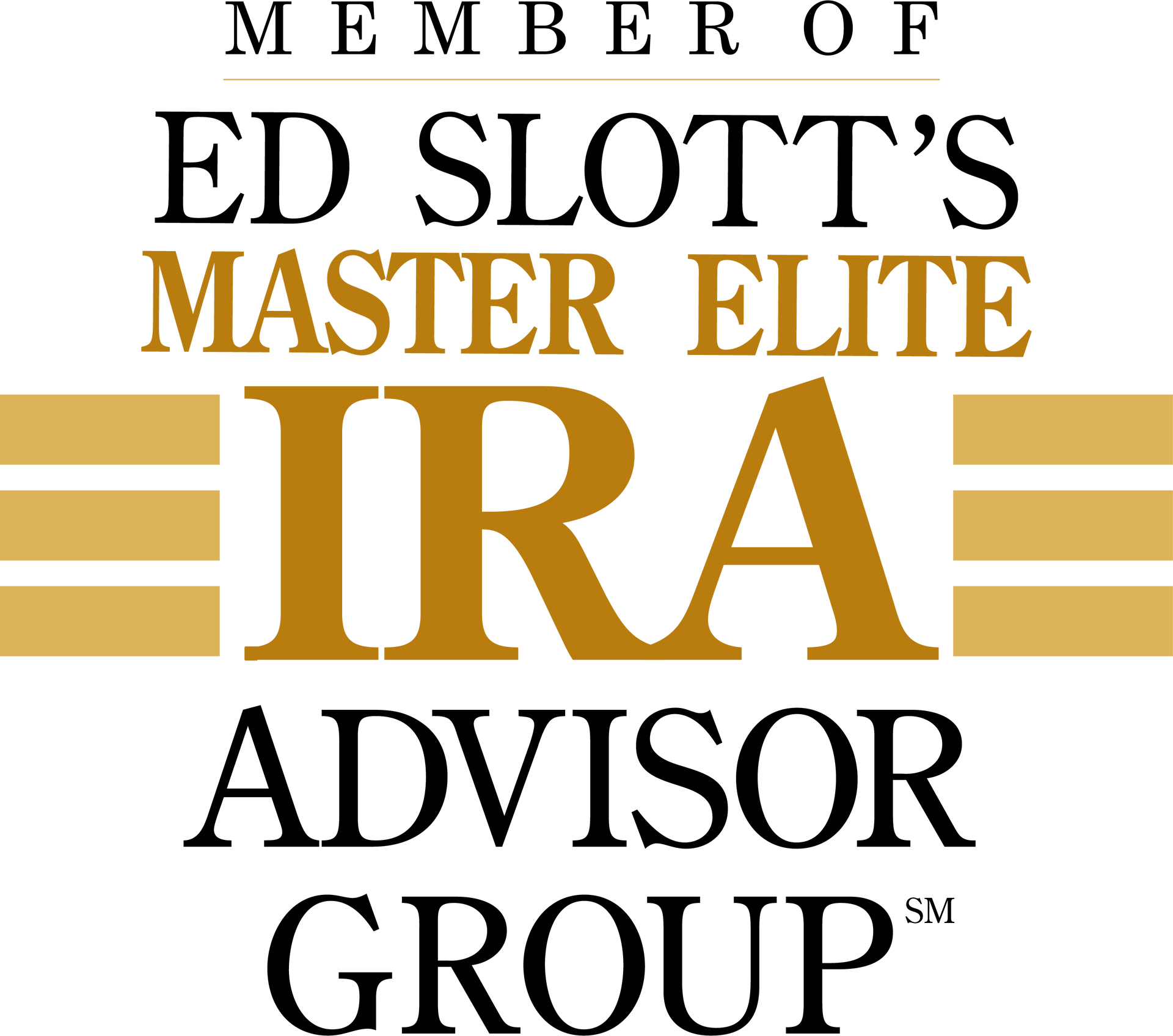What does the basic process entail? An income tax refund can be directly deposited to an
IRA up to the annual contribution limit. The contribution limit is $6,000 ($7,000 for individuals age
50 or older) for 2020 and 2021. It can also be split among multiple accounts.
1. It is tax time! Prepare your tax return for the year.
2. Determine the refund amount. Once you know how big your refund will be, decide
how much, if any, you would like to contribute to your IRA or Roth IRA up to the
maximum annual contribution allowed.
3. One, two, three. A refund going to only one account can be done directly on IRS
Form 1040. Prepare IRS Form 8888 to direct the refund to up to three accounts.
4. Watch out! If you use Form 8888, pay attention to the five cautions provided by the
IRS on the instructions to ensure that you do not fall into any of those traps. The form
can be found on the IRS’ website (www.irs.gov).
5. Follow-up, follow-up, follow-up. If the IRA deposit is meant to be for the prior year,
make sure the institution will code it that way, and that it is received in time. If the
refund amount is adjusted for math errors or tax adjustments, check which accounts
on the form are affected. You may need to do an amended return if the IRA deposit is
adjusted. If your refund is offset (e.g., because you owe past-due taxes), also check
which accounts are affected. Again, you may need to do an amended return. If the
funds go into the wrong account, deal with the institution to get the funds credited to the correct account.
Get access to Oliver Wealth Management's Exclusive Ed Slott Master Elite IRA Toolbox below for tools, strategies and resources to help you develop your IRA and retirement tax minimization strategy.
Content provided by Ed Slott and Company, LLC © 2022. Click here to see original document.














